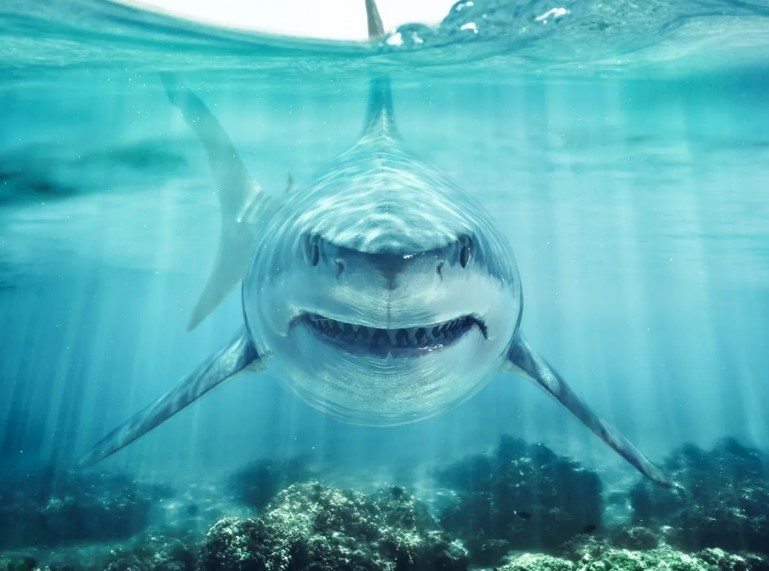White shark: that’s why you can never see it in an aquarium

That’s why you will never see great white sharks in an aquarium. The last attempt was made in Japan, the animal died in three days.
There have been many attempts to keep a great white shark in an aquarium. Depressing trials for the public, the last one done in Japan, where the shark died in three days. The first attempt was made by Marineland of the Pacific, a California oceanarium. The poor shark lived less than a day, this happened in the fifties. SeaWorld later had the opportunity to host great white sharks. This resulted in the shark either dying or being released into the wild within a couple of weeks.
The exception was in 2004, the Monterey Bay Aquarium managed to keep great white sharks alive for over 16 days. The difficulty of keeping a white shark in an aquarium mainly depends on its nutrition. In captivity they often refused to eat sufficient quantities.
Great white sharks also have to swim forward so that water can pass over their gills to get oxygen. This species can grow up to 6 meters in length. Another downside of a glass tank for the great white shark is that it could confuse the acute electroreception of this species. It is a sensory perception which detects subtle movements and changes in the marine environment. The specimen would be easily confused by the large amount of stimuli, from glass walls to electronic equipment, that surround them. In short, putting a white shark in a glass tank like an aquarium is absolutely not advisable for the animal’s physical and psychological health. It would not even be an element of entertainment for the public.



